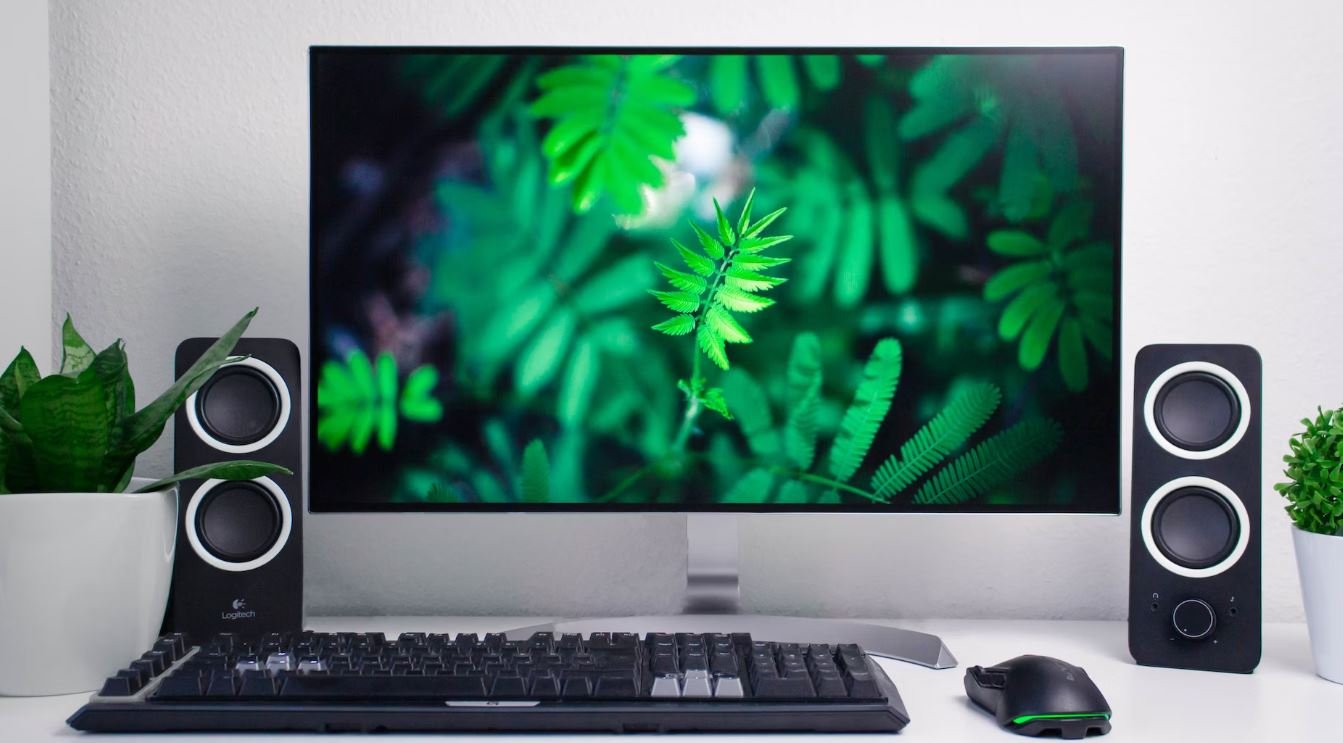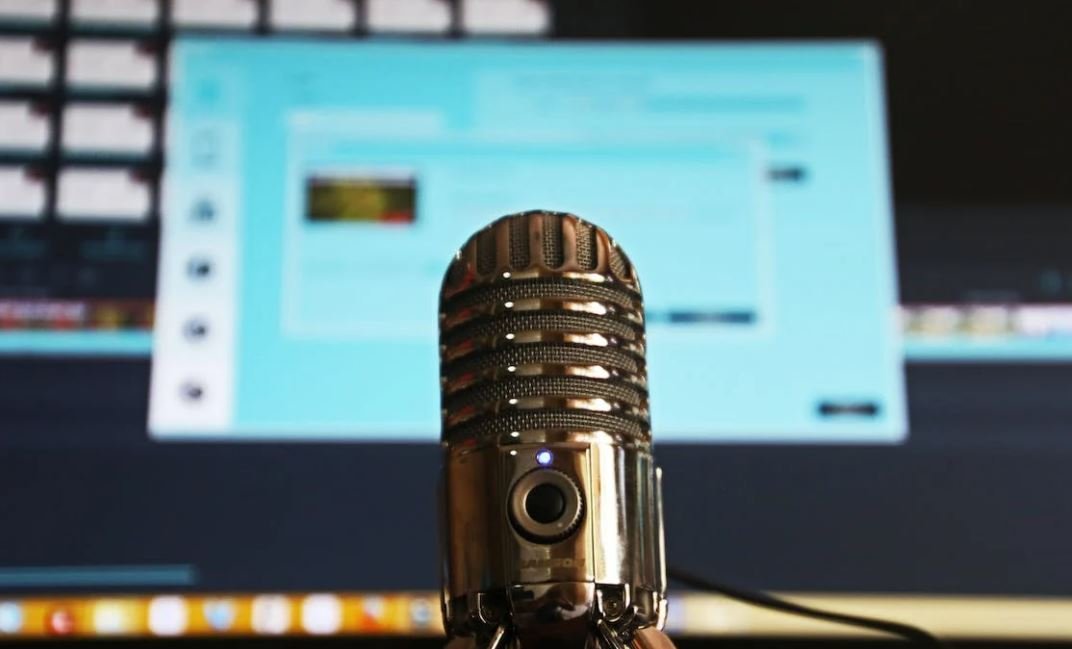Generative Music Tips
Generative music is a fascinating approach to creating music that is constantly evolving and changing. With its roots in experimental and ambient music, generative music can be a powerful tool for composers, producers, and performers. In this article, we will explore some essential tips and techniques to help you get started with generative music and unleash your creativity.
Key Takeaways:
- Generative music is a unique approach to composing that involves creating systems or algorithms to generate and manipulate musical elements.
- Benefits of generative music include endless possibilities, greater creativity, and the ability to create evolving musical experiences.
- Experimentation and exploration are key to discovering new sounds and techniques in the realm of generative music.
- Combining generative music with traditional composition techniques can result in unique and captivating musical compositions.
- Collaboration and sharing in the generative music community can provide valuable inspiration and feedback.
Introduction to Generative Music
Generative music is a term coined by composer Brian Eno to describe music that is created by a system, often with some level of randomness or unpredictability. *This way, each performance or listening experience becomes unique and dynamic.* Generative music can be generated by algorithms, software, or even hardware devices, allowing for endless possibilities and exploration.
Getting Started with Generative Music
Whether you are a composer, producer, or performer, generative music offers exciting opportunities for creative expression. It can be a new way to approach composition, a source of inspiration, or a live performance tool. Generating music requires a combination of technical knowledge, artistic sensibilities, and experimentation.
Here are some tips to help you get started:
- Choose the right tools: There are various software and hardware options available for generative music. Experiment with different tools to find what works best for your creative process.
- Understand music theory: A solid understanding of music theory is important when creating generative music. It allows you to manipulate and structure the musical elements effectively.
- Explore randomness: Introduce randomness and chance elements in your generative systems to create unexpected variations and musical surprises.
- Experiment with parameters: Adjusting parameters can lead to interesting sonic results. Tweak variables like tempo, rhythm, and tonality to explore new musical landscapes.
Table 1: Comparison of Generative Music Tools
| Tool | Price | Features |
|---|---|---|
| Max/MSP | $399 | Extensive visual programming language for music and multimedia |
| SuperCollider | Free | Powerful audio synthesis and algorithmic composition platform |
| Kinetic | $49 | Intuitive generative music software with a user-friendly interface |
Discovering Unique Sounds
Generative music opens up a world of unique sonic possibilities. By experimenting with different algorithms, synthesis techniques, and processing effects, you can create sounds that are truly distinctive and original. *Embrace the serendipitous nature of generative music to discover surprising and engaging sonic textures.*
Table 2: Popular Generative Music Techniques
| Technique | Description |
|---|---|
| Markov Chains | Probabilistic model that generates sequences of musical events based on statistical analysis. |
| Cellular Automata | Rules-based model that generates patterns through the interaction of simple cells. |
| Granular Synthesis | Manipulating tiny sound particles to create complex and evolving textures. |
Collaboration and Community
Generative music is a vibrant and collaborative community. Participating in the community can provide valuable feedback, inspiration, and new perspectives. *Connect with other generative music enthusiasts, attend workshops and conferences, and share your work with others to expand your creative horizons.* Engaging with others in the field can lead to exciting collaborations and opportunities for growth.
Table 3: Recommended Generative Music Resources
| Resource | Description |
|---|---|
| “Generative Music: A Practical Guide” by Peter Ablinger | A comprehensive guide to generative music techniques, with practical examples and insights. |
| Generative Music Podcast | A podcast featuring discussions, interviews, and performances related to generative music. |
| Generative.fm | An online platform showcasing generative music created by various artists and composers. |
Unleash Your Creativity with Generative Music
Generative music offers a world of possibilities for composers, producers, and performers. It allows for endless experimentation, unique sonic landscapes, and captivating performances. *Embrace the power of generative music to break free from traditional composition techniques and let your creativity soar.* Whether you are a seasoned musician or just starting, generative music can open up new horizons and unlock untapped artistic potential.

Common Misconceptions
Misconception 1: Generative music is just random noise
One common misconception about generative music is that it is merely random noise with no musicality or structure. This is not true; generative music is carefully crafted and planned to create evolving melodies, harmonies, and rhythms that provide a sense of coherence and intention. It can be a powerful tool in creating immersive and dynamic soundscapes.
- Generative music often involves algorithms and rules to generate patterns and structures.
- Artists who create generative music put a lot of thought into designing systems that allow for the music to develop over time.
- Generative music can be melodic, harmonic, rhythmic, or a combination of these elements.
Misconception 2: Generative music is purely computer-generated
Another misconception is that generative music is solely computer-generated, devoid of human input or creativity. While technology and algorithms play a crucial role in generating the music, human composers and musicians are still essential in shaping and guiding the process. They set the parameters, define the algorithms, and make artistic decisions to shape the overall output.
- Generative music systems often require human intervention to fine-tune and adjust the generated output.
- Human artists still have the ability to influence the direction and mood of the generative music through their input and decisions.
- Generative music can be seen as a collaboration between technology and human creativity.
Misconception 3: Generative music lacks emotion and personal expression
Some people mistakenly believe that generative music lacks emotional depth and personal expression. However, generative music can be a highly expressive and emotional medium in the hands of skilled composers and musicians. It can convey a wide range of emotions, evoke specific moods, and create unique sonic atmospheres that resonate with listeners.
- Generative music can reflect the artist’s emotions and artistic intent when designing the systems and rules that govern its generation.
- Artists can infuse personal touches and variations into the generative process to add emotional depth and expression.
- Generative music can be used to evoke feelings of calmness, tension, joy, and many other emotions.
Misconception 4: Generative music is only for ambient or experimental genres
Another misconception is that generative music is limited to ambient or experimental genres. While it is true that generative music is often associated with these genres due to its ability to create immersive and evolving sonic landscapes, it is not exclusive to them. Generative music techniques can be applied to a wide range of musical styles and genres, including pop, classical, electronic, and more.
- By adapting the rules and algorithms, generative music can be used to create catchy melodies, harmonies, and rhythms suitable for pop music.
- Generative music can be incorporated into classical compositions to introduce variations and unpredictability into familiar structures.
- Artists in various genres have successfully used generative music techniques to create innovative and engaging tracks.
Misconception 5: Generative music is inaccessible and difficult to create
Lastly, there is a misconception that generative music is complex and inaccessible, requiring expert knowledge in programming or music theory to create. While advanced technical skills can be beneficial, it is not a prerequisite. Many tools and software exist that make generative music creation more accessible to a wider range of musicians and enthusiasts.
- Generative music software often provides user-friendly interfaces and pre-built algorithms that can be easily manipulated even by beginners.
- There are online resources, tutorials, and communities available that offer guidance and support for those interested in exploring generative music.
- Generative music can be created using a combination of traditional musical instruments and technology, allowing musicians to leverage their existing skills.

Introduction
Generative music is a fascinating genre that relies on algorithms and software to create unique and ever-evolving compositions. In this article, we will explore ten intriguing aspects of generative music and offer valuable tips for those interested in creating their own generative works. The tables below provide data, insights, and techniques to inspire and guide aspiring generative music artists.
The Role of Tempo in Generative Music
Tempo plays a vital role in setting the mood and energy level of generative music. By adjusting the tempo, artists can create vastly different sonic experiences. The table below showcases the relationship between tempo and emotions, offering a range of suggested tempos to evoke specific feelings in generative music compositions.
| Emotion | Suggested Tempo (BPM) |
|---|---|
| Relaxation | 60-70 |
| Contemplation | 70-90 |
| Energizing | 90-120 |
| Excitement | 120-140 |
The Impact of Key Signatures on Generative Music
The choice of key signature in generative music can drastically alter the emotional character and overall ambiance. Here, we explore how specific key signatures are commonly associated with various emotions, providing a useful reference for composers seeking to evoke specific atmospheres in their generative music pieces.
| Key Signature | Emotional Associations |
|---|---|
| C Major | Joy, innocence, simplicity |
| D Minor | Sadness, introspection, longing |
| E Flat Major | Serenity, calmness, elegance |
Utilizing Chord Progressions for Variation
Chord progressions are a fundamental element of generative music that contribute to its melodic and harmonic evolution. This table presents three commonly used chord progressions in generative music, offering inspiration for composers to create captivating variations within their compositions.
| Chord Progression | Description |
|---|---|
| I-IV-V-I | A classic and stable progression |
| vi-IV-V-I | An introspective and melancholic progression |
| ii-V-I | A dynamic and colorful progression |
Effects of Varying Time Signatures
Time signatures offer rhythmic structures that shape the feel and groove of generative music. By experimenting with different time signatures, artists can achieve unique rhythmic patterns and push the boundaries of generative music compositional possibilities. The table below displays various time signatures and their characteristics, opening doors for exploration and experimentation.
| Time Signature | Characteristics |
|---|---|
| 4/4 | Steady, balanced, common |
| 7/8 | Complex, asymmetrical, progressive |
| 5/4 | Unusual, suspenseful, offbeat |
Dynamic Modulation Techniques
Dynamic modulation involves smoothly transitioning between different musical elements such as volume, EQ, or effects to introduce variation and keep generative music compositions engaging. Here, we present three dynamic modulation techniques along with their impact on the sonic qualities of generative music.
| Technique | Effect |
|---|---|
| Filter Sweeps | Gradual shifts in timbre and frequency content |
| Volume Swells | Builds tension and creates evolving textures |
| Panning | Expands the stereo field, providing spatial movement |
The Role of Artificial Intelligence in Generative Music
Artificial intelligence (AI) has revolutionized generative music by providing advanced algorithms and tools for composers. This table highlights three popular AI-powered generative music platforms, showcasing their features and capabilities.
| Platform | Features |
|---|---|
| Magenta | AI-driven MIDI generation, melody harmonization |
| Jukedeck | Customizable genre, mood, and length options |
| AIVA | Full symphonic orchestration capabilities |
Exploring Generative Music Software
Different software tools cater to the creation and manipulation of generative music. This table presents a range of generative music software, outlining their key features and compatibility with various platforms.
| Software | Key Features |
|---|---|
| Max MSP | Modular visual programming, extensive MIDI control |
| SuperCollider | Text-based scripting, audio synthesis capabilities |
| Reaktor | Modular synthesis, user-friendly interface |
Generating Melodies Through Chance Operations
Chance operations involve introducing randomness into the generative music composition process. This table presents three chance-based techniques for generating melodies, enabling artists to embrace unpredictability and continuously surprise their listeners.
| Technique | Description |
|---|---|
| Markov Chains | Probability-based note selection based on statistical patterns |
| Stochastic Processes | Random transitions between melodic elements |
| Aleatoric Music | Indeterminacy in note selection, performed by chance |
Realizing the Potential of Generative Music
Generative music opens up boundless creative possibilities, merging technology, and artistry to create immersive and unique sonic experiences. By exploring the various techniques, technologies, and concepts presented in this article, artists can unlock the full potential of generative music, pushing the boundaries of composition and captivating their audiences with mesmerizing sonic journeys.
Frequently Asked Questions
Question 1: What is generative music?
Generative music is music that is created through a system or process using algorithms and rules rather than being composed traditionally. It is often characterized by its randomness and variation over time.
Question 2: How does generative music work?
Generative music works by utilizing algorithms and rules to generate musical patterns or structures. The algorithms take input from variables such as time, randomized elements, and user-defined parameters to create unique and evolving musical compositions.
Question 3: What are some benefits of using generative music techniques?
Using generative music techniques can result in an endless variety of musical compositions, allowing for originality and freshness in your music. It can also spark creativity and inspiration by providing unexpected musical combinations and structures.
Question 4: How can I start creating generative music?
To start creating generative music, you can use software or programming languages designed for generative music, such as Max/MSP, Pure Data, or SuperCollider. These tools provide a range of functionalities and allow you to experiment with different generative music techniques.
Question 5: Are there any specific programming languages for generative music?
Yes, there are programming languages dedicated to generative music, such as Sonic Pi, ChucK, and Csound. These languages provide powerful tools and libraries specifically designed to manipulate and generate music through code.
Question 6: How can I add randomness to my generative compositions?
You can add randomness to your generative compositions by incorporating random number generators or by utilizing probability distributions. These techniques allow for non-deterministic outcomes, resulting in a more organic and unpredictable musical output.
Question 7: Can generative music be used for live performances?
Yes, generative music can be used for live performances. In fact, it can be a great tool for improvisation and creating unique musical experiences in real-time. By controlling the generative algorithms and parameters, you can shape and mold the music as it unfolds.
Question 8: Are there any ethical considerations when using generative music?
When using generative music, it is important to consider the legality of using samples or copyrighted material. Ensure that you have the necessary rights or licenses to use any pre-existing material in your generative compositions.
Question 9: Can generative music be used in other forms of art?
Yes, generative music can be integrated into various forms of art, such as installations, visual art, or interactive multimedia experiences. By synchronizing generative music with other creative mediums, you can create immersive and multi-sensory artistic experiences.
Question 10: Are there any resources available to learn more about generative music?
Yes, there are many resources available to learn more about generative music. You can find online tutorials, forums, and communities dedicated to generative music. Additionally, there are books and academic papers that delve into the theory and practice of generative music.




